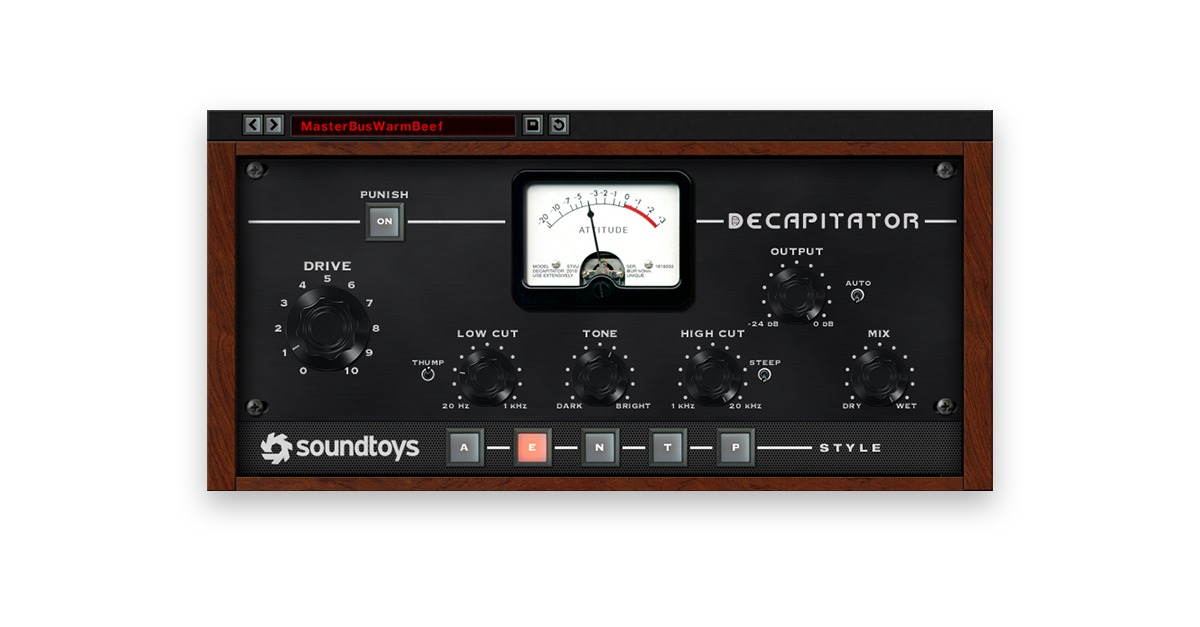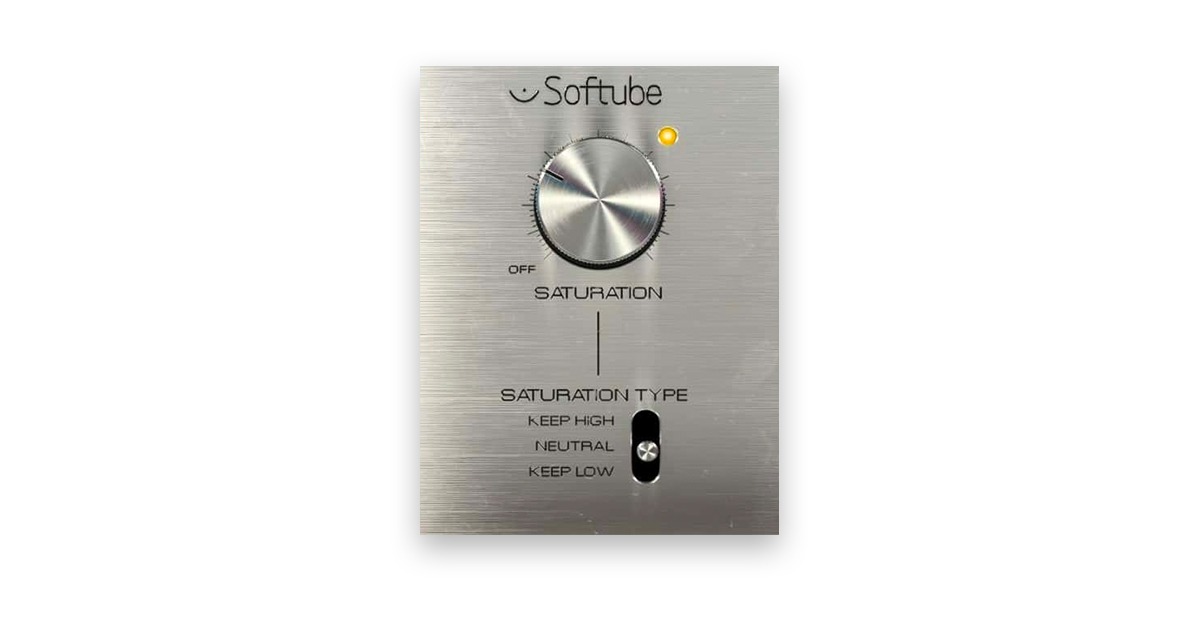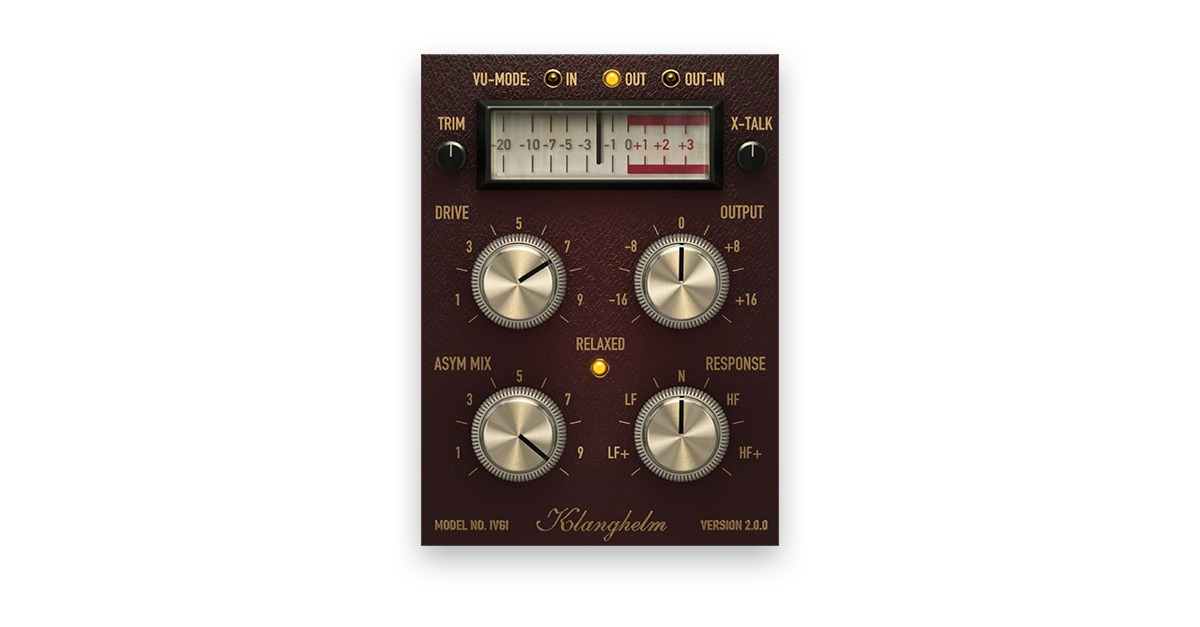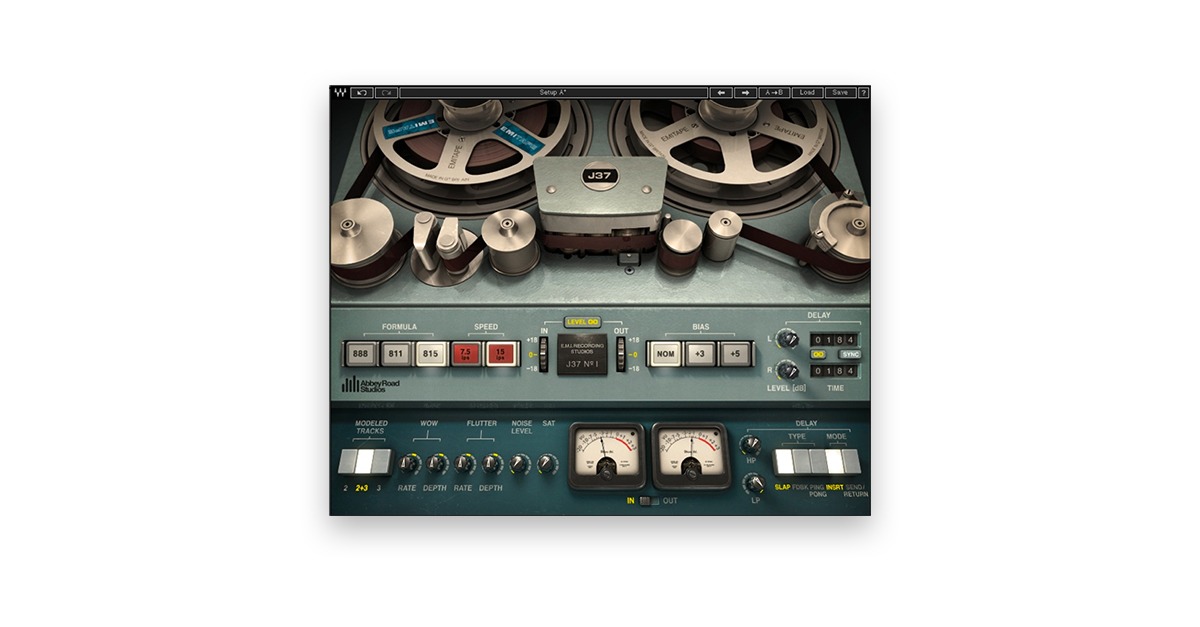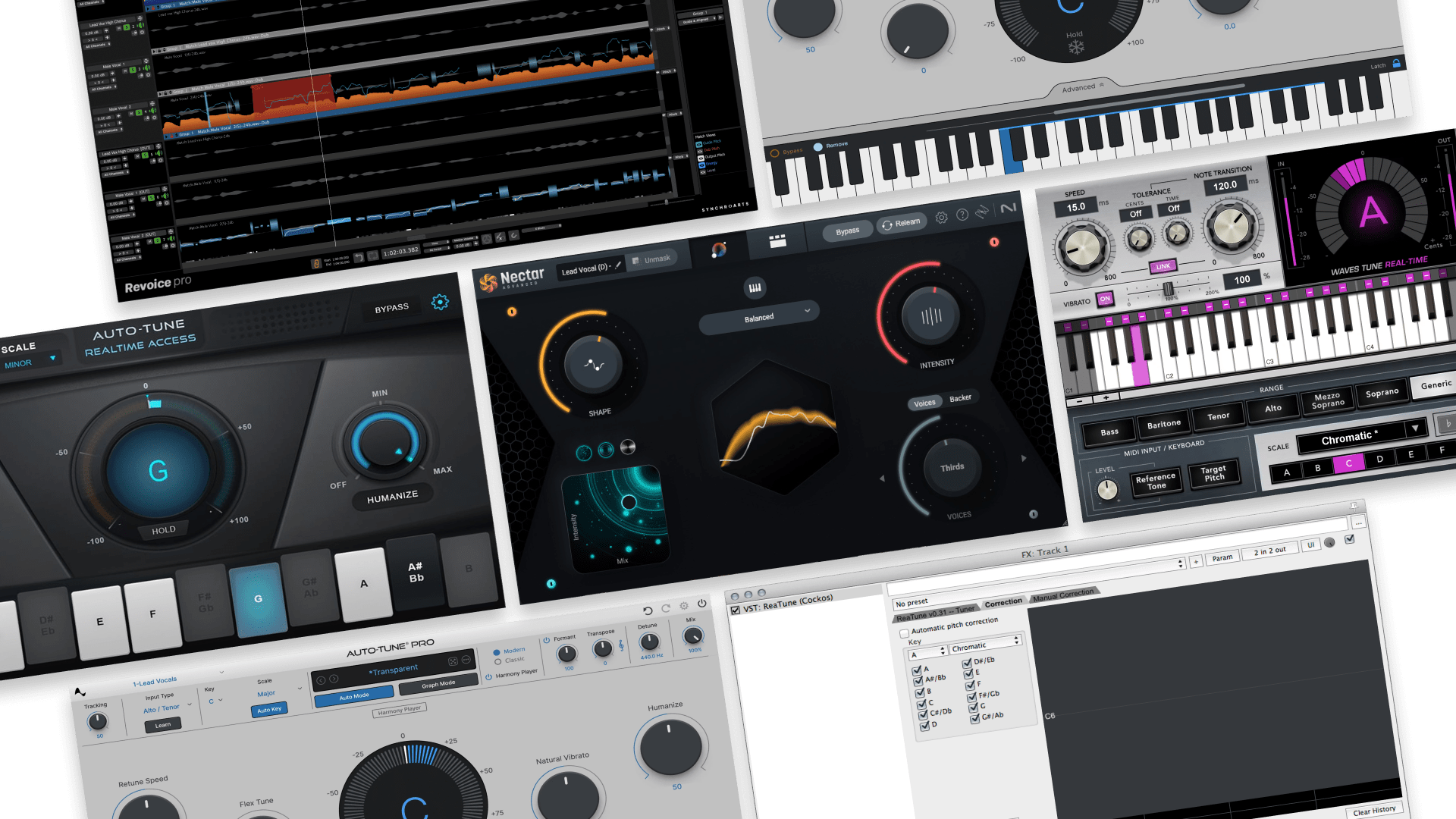
What Is Distortion in Music? How Saturation Helps Your Mix
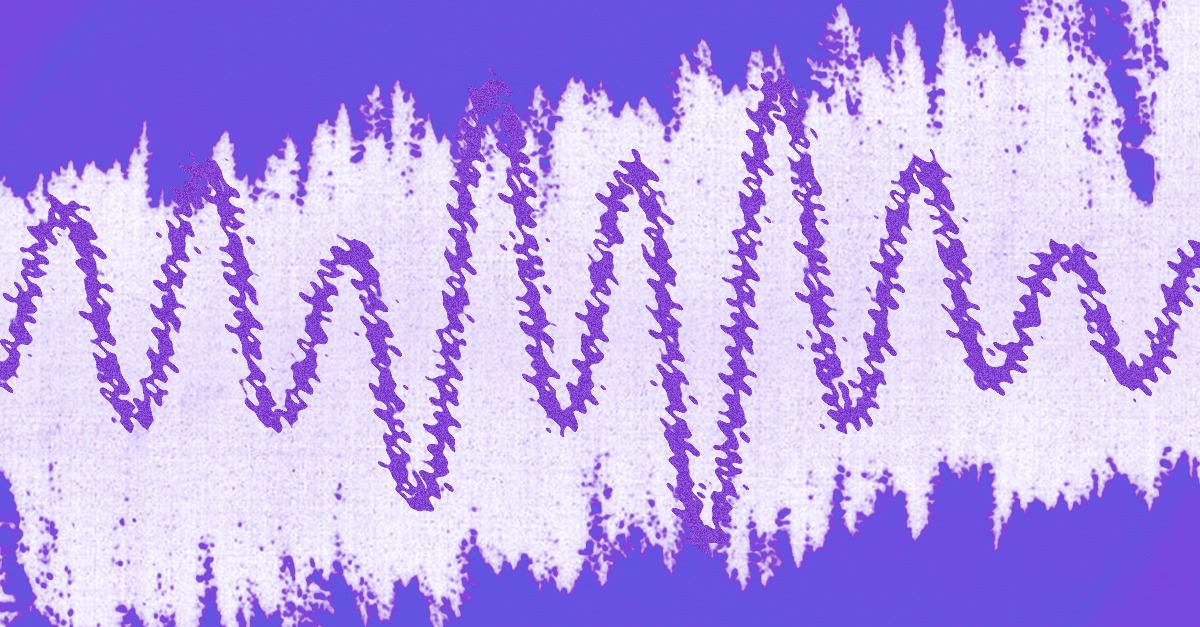
Distortion is a term that gets used a lot in music production. It can refer to an effect type, a mixing technique and a quality of signals.
But what is distortion exactly? When do you want it and when should you avoid it? What gear can you use to get it and where should you apply it in your workflow?
There’s a lot to unpack here, but don’t worry—distortion is a simple concept if you know the basics of how it works.
In this article I’ll break down every way the term is commonly used and suggest ways to work with distortion in your music.
Let’s get started.
What is distortion?
Distortion refers to change or deformation of an audio signal’s waveform. The most common type of change is called clipping. This happens when the signal level goes above the maximum a system can handle.
It’s called clipping because the tops of the waveforms get chopped off abruptly at the maximum.
In the early days of audio, distortion was almost always considered a negative outcome. And in some situations, like with DAWs and digital systems, it still is.
But today, engineers acknowledge the importance of distortion in mixing and music production when applied tastefully.
When used this way, distortion comes in a gentler form that engineers call saturation.
But don’t let the terminology trip you up—the word distortion itself includes all styles of saturation, overdrive or even fuzz.
No matter what term you use, distortion all comes from the same process of waveform clipping. The different methods used to achieve it can give different sonic results, but I’ll get into that later!
No matter what term you use, distortion all comes from the same process of waveform clipping.
When is distortion good? When is it bad?
If clipped waveforms sound like a kind of sonic destruction to you, you’re not wrong.
For most designers of audio gear, unwanted distortion is the enemy.
Signal fidelity means keeping the original audio information perfectly intact. Distortion introduces changes to the signal that can make it sound worse.
Hi-fi audio systems and recording gear rely on expensive components and robust circuit designs to avoid it.
But distortion became much easier to avoid in the digital era. DAWs and plugins don’t cause digital files to change unless you tell them to. And digital systems are capable of enormous headroom before clipping.
Soon after DAW recording became common, producers realized that some types of distortion had a positive effect on the sound. This pleasing distortion was difficult to recreate with early digital gear.
Engineers now use plugins, outboard gear or other processes to add back the subtle, pleasing saturation that was originally considered a shortcoming.
That said, digital systems aren’t completely immune to issues from clipping.
If you push your levels too hot at the master bus, you can create distortion where your signal leaves your DAW.
If you push your levels too hot at the master bus, you can create distortion where your signal leaves your DAW.
This is certainly something you want to avoid, so make sure you keep proper headroom and pay attention to gain staging as you mix.
Hot tip: Distortion on the master bus is an issue that comes up in discussions of DIY mastering techniques. Seasoned pros know how to avoid it and still get a loud master. But if you’re not familiar with the process, consider using instant mastering online to help you get it right.
What does saturation do to your sound?
When producers talk about saturation, they often say that it adds harmonics, light compression and EQ changes.
Here’s how it works. When a signal begins to clip, the tops of the waveform get abruptly shaved off.
Imagine a sine wave with its smooth curves cut off. Clip it far enough and it begins to look like a square wave!
A square wave is a signal with infinite harmonics. As the round, smooth sounding sine wave starts to look more like a square, additional harmonic content will appear in the signal.
The same introduction of harmonics happens with complex signals too. From there, the type and intensity of clipping determines how harmonics appear in the sound.
At the same time, clipping causes changes to the dynamics and frequency balance. I’ll get into those a bit in the next section.
How to mix with saturation
Saturation can be used as a mixing tool just like EQ or compression.
It’s in its own category, but it overlaps with both in the results it can produce.
Harmonic enhancement
The extra harmonics that appear with clipping add presence and sparkle to the midrange—especially the critical area in the upper mids around the peak sensitivity of the human ear.
One of the most common uses of saturation is to enhance this important range to bring sounds up front in the mix.
The extra harmonics that appear with clipping add presence and sparkle to the midrange.
Instead of just increasing the level of this frequency range in the existing signal like EQ, saturation creates new harmonic information that can make it sound richer.
Consider saturation for this purpose if simple EQ boosts don’t fit.
Lo-fi effects
In addition to harmonics, saturation naturally obscures some of the sound’s timbre. After all, some information gets lost when the waveform starts clipping.
The resulting change can be pleasant and used artistically to sculpt how a sound sits in the mix.
At extreme settings you can get a stylish lo-fi effect that transforms the signal.
Subtle compression
Saturation can also produce a compression-like effect.
Depending on the intensity of the saturation, the signal’s dynamic range will narrow as the peaks are clipped down.
This can work like a form of limiting—with the clipping point as the threshold! It also means that the onset of the compression effect from clipping is nearly instantaneous. That’s totally unlike the gain reduction function of a traditional compressor.
Try saturation in place of compression if you can’t get your dynamics right with other methods.
Tone shaping
Lastly, saturation has a general effect on the frequency balance of the sound.
The extra harmonics naturally bring out the upper mids. At the same time, higher and lower frequencies subtly roll off.
Most saturation plugins have LPF/HPF or shelving filters that can help you sculpt their output to fit better in the mix.
Where else is there distortion in music?
Outside of mixing, the most obvious place you’ll find distortion is in electric guitar rigs.
Outside of mixing, the most obvious place you’ll find distortion is in electric guitar rigs.
Since the earliest days of electric instruments, musicians have been pushing their amplifiers to the limit to experience the transformative effects of saturation.
The rich, sustaining sound of distorted guitar kickstarted the rock revolution in the early 60s and drove the genre until the present day.
Guitar distortion originally came from tube amplifiers pushed to their limit. It can still be achieved that way, but today’s players often use stompboxes to define their unique sound.
Here’s a great breakdown of the development of distortion for electric guitar.
The 7 best distortion and saturation plugins
When it comes to distortion in mixing, engineers generally prefer purpose-built saturation plugins. These are made to create the gentle clipping that’s most useful for tone shaping in a mix.
Never miss a post from the LANDR Blog.
Get the newsletter weekly.
Hot tip: Want more plugin roundups and audio explainers? Subscribe to the LANDR Newsletter to get the best tutorials and gear guides right in your inbox.
Here’s a list of some of the best available picks, including a few free options:
Baby Audio TAIP
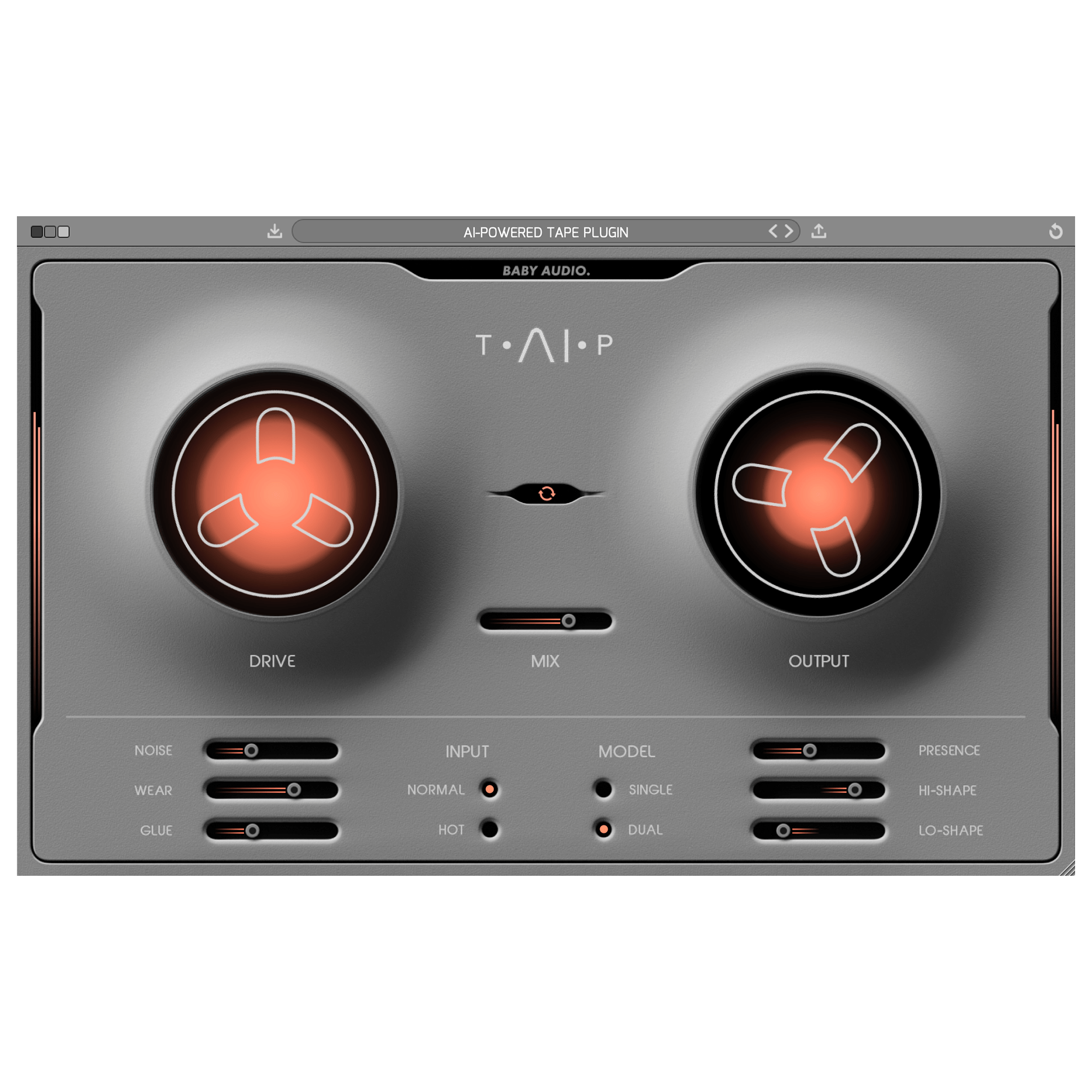
In old-school analog recording, some desirable saturation came from the medium itself.
A great tape machine pushed into the red could deliver flattering harmonics and subtle compression.
Engineers have been searching for a way to get this effect in the DAW for decades. The latest innovative approach comes from Baby Audio’s TAIP.
It uses artificial intelligence to simulate tape saturation in a way never heard before.
Hot tip: Check out Baby Audio TAIP, it comes bundled with everything LANDR has to offer with any yearly LANDR Studio subscription.
Soundtoys Decapitator
Soundtoys Decapitator is one of the best saturation tools available for your DAW. The popular distortion processor can be found in plenty of top pros’ plugin folders.
With multiple modes for modelling distortion types like vacuum tubes and British consoles, Decapitator has a stylish sound that’s become a modern classic.
Fabfilter Saturn 2
Fabfilter’s advanced approach to digital signal processing continues with the incredible Saturn plugin.
It turns out that adding harmonics with saturation has some unique quirks in the digital domain. But Saturn solves them all with a clever approach to oversampling.
If that sounds complicated, all it means is that Saturn can create extremely smooth distortion free from digital artifacts or aliasing.
UAD Thermionic Culture Vulture
When it comes to hardware saturation and distortion, the Thermionic Culture Vulture is one of the baddest units around.
Unfortunately, an original will run you several thousand dollars. Luckily there’s an authentic recreation available on the UAD platform for all your tube distortion needs.
Softube Saturation Knob
Sometimes you don’t need a ton of complicated parameters to get a great sound.
That’s definitely the case with the Softube Saturation Knob. With three clipping modes and a single knob for intensity, Saturation Knob adds sophisticated saturation.
The best part? Softube generously offers the plugin for free. All you need to do is make an account to download it right now.
Klanghelm IVGI
Klanghelm is another plugin developer with an ear for analog and great free content.
IVGI is a stripped-down version of the SDRR multisaturator with fewer modes and a simplified control set.
Despite that, IVGI has everything you need to add smooth clipping to your tracks completely free.
Audio Thing Valves

Valves is an excellent plugin for re-creating the distortion and saturation that analog tubes and tube amps are beloved for.
It comes with a handful of presets, knobs sections for distortion, a cabinet EQ, filters and options for controlling the signal path.
Hot tip: Audio Thing’s Valves now comes bundled with LANDR’s yearly Studio subscription, along with dozens of additional instruments and effects from respected manufacturers, LANDR’s industry-leading AI mastering engine, online distribution, royalty-free sample marketplace and much more!
Waves J37
Waves J37 is an authentic recreation of the classic tape machine used at Abbey Road studios.
The unique 1” 4 track machine was the main recording device at the legendary studio until the 1969 introduction of 8 track machines.
The tube driven J37 had its own unique tape formulations created by EMI. That gave it a sound unlike anything else.
Capable of everything from authentic tape emulation to full-on bombast, J37 is a perfect choice for tape-style saturation.
Sonic distortion
Clipping is a unique phenomenon in the world of audio. While it might seem purely destructive, there are plenty of musical uses for it in mixing.
In fact, once you get a sense of how saturation works you may find you reach for it surprisingly often!
Now that you have the basics of distortion down, get back to your DAW and keep mixing
Gear guides, tips, tutorials, inspiration and more—delivered weekly.
Keep up with the LANDR Blog.


